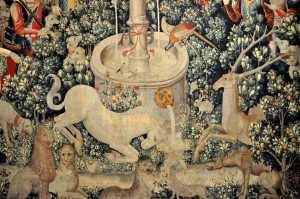 “The mind is like a richly woven tapestry in which the colors are distilled from the experiences of the senses, and the design drawn from the convolutions of the intellect.”
“The mind is like a richly woven tapestry in which the colors are distilled from the experiences of the senses, and the design drawn from the convolutions of the intellect.”
Carson McCullers
One of joys – amidst the many drawbacks – of accomplishing maturity (growing old!) is that afforded by the slow accretion of knowledge which – one must surely most devoutly wish – will lead eventually to the attainment of wisdom. Sometimes it seems to me that this process – as the years advance – consists in the main of going back over old ground, slowly joining up the dots and nurturing the seeds that were sown a long time ago. Perhaps one day the final thread in this immeasurable tapestry will be woven, all the connections will be made and learning will come to a full stop.
Somehow I doubt it!
What prompts this particular reverie, I hear you enquire – tentatively?
Growing up – as I did – in the 1960s there was a fair chance that I would be a fan of the Beatles. You will be unsurprised to hear that this is indeed the case, and that I count myself amongst the more partisan of enthusiasts. I have read exhaustively, viewed widely and – of course – listened relentlessly to each and every note.
There has been until recently, however, one glaring omission to my ardent pursuit – and that can be explained by the fact that even in late 1967 – as I was on the verge of recording my fourteenth birthday – my parents were still, and determinedly, resisting demands that we should acquire a television set. We were thus unable – that Boxing Day – to join the bemused multitudes who sat in stunned silence through the premiere of the Beatles Magical Mystery Tour.
Such was the subsequent critical storm that the one hour film has since had very few public airings and somehow – though it has been made available on VHS and DVD – I have never really felt moved to track it down. Most likely I recoiled from the notion that my idols had after all proven to be encumbered with feet of clay.
Since then, of course, much has changed. Critical opinion now recognises the film to be a valid – if somewhat naive – adjunct to the burgeoning avant-garde that emerged from the 60s counter-culture. McCartney himself has been understandably and justifiably keen to promote the significance of his role in that movement. Further – the film itself is now seen as a precursor to the entire genre that is ‘pop video’, from which the whole MTV phenomenon and generation has since sprung. In this – as in so many things – it seems that the Beatles were after all truly ahead of the curve.
Last weekend the BBC finally broadcast a restored and digitally re-mastered version of the film – along with an accompanying documentary on its genesis – to mark the 50th anniversary of the release of the first Beatles single, Love Me Do. It was good finally to catch up with that which I had missed back in the winter of 1967.
Viewing the film also resulted in another connection being made – another strand finally woven. I have over the last year or so been somewhat fascinated by an American alternative rock band called ‘Death Cab for Cutie’. Actually, it is really the name that fascinates; somewhat bizarre but quite imaginative. I had not, though, investigated further.
Lo and behold, as I watched Magical Mystery Tour at the weekend, what should I see – making a guest appearance – but that well-known 60s surrealist comedy ensemble, the Bonzo Dog Doo-Dah Band, singing a song clearly titled – wait for it – “Death Cab for Cutie”! A little further investigation shows that Neil Innes and Vivian Stanshall of the Bonzos wrote the song for the film, taking its title from an invented pulp fiction crime magazine which had been devised by British academic Richard Hoggart as part of his 1957 study of working class culture, The Uses of Literacy. Small world!
Neil Innes, of course, went on to write and record the songs for Monty Python’s Flying Circus. Vivian Stanshall – amongst many other achievements – made an ‘appearance’ as the narrating voice on the last segment of Mike Oldfield’s Tubular Bells.
Back in the 80s I vaguely knew Vivian Stanshall’s then wife. She and a friend of mine were the main drivers behind a project to convert an old German coaster into a floating theatre/restaurant in Bristol docks. The ship – the Thekla – is still there, though it is now a nightclub/music venue. The ladies fell out with each other and moved on many years ago.
I recall attending the opening night party for the floating theatre – which was filmed by the BBC for a documentary on the project – back in 1982. Vivian Stanshall was present – though perhaps the less said about his presence that particular night the better!
Nice to finally tie up these loose ends. In the phrase that E. M. Forster adopted as the epigraph to Howard’s End – “Only connect”…


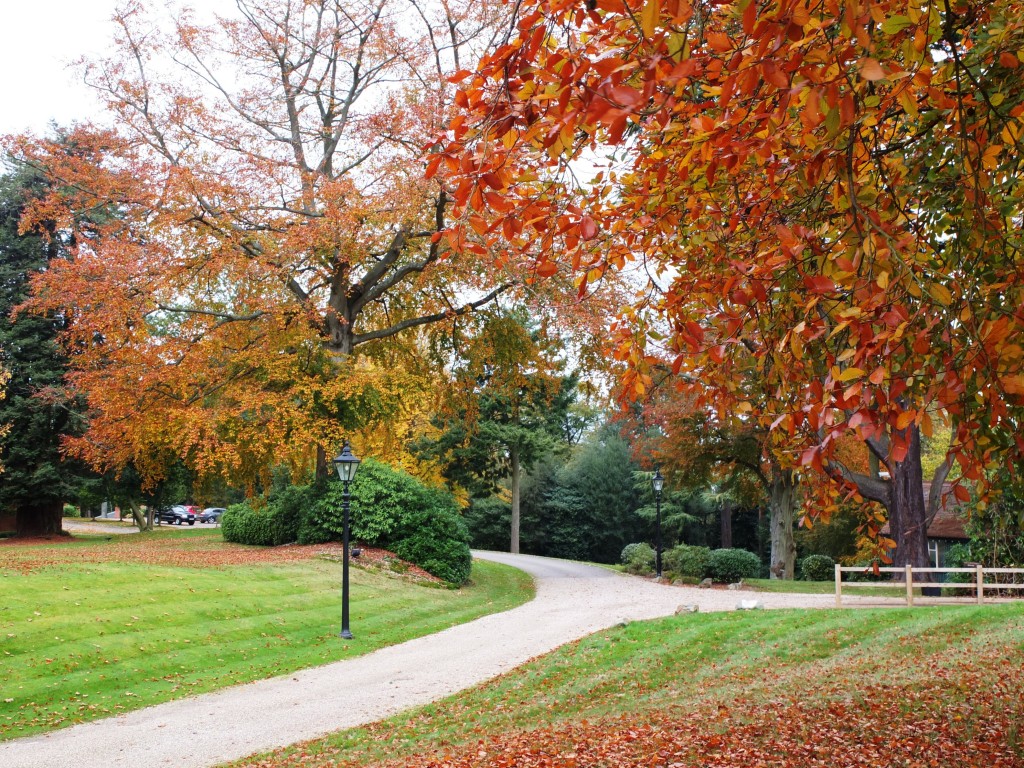
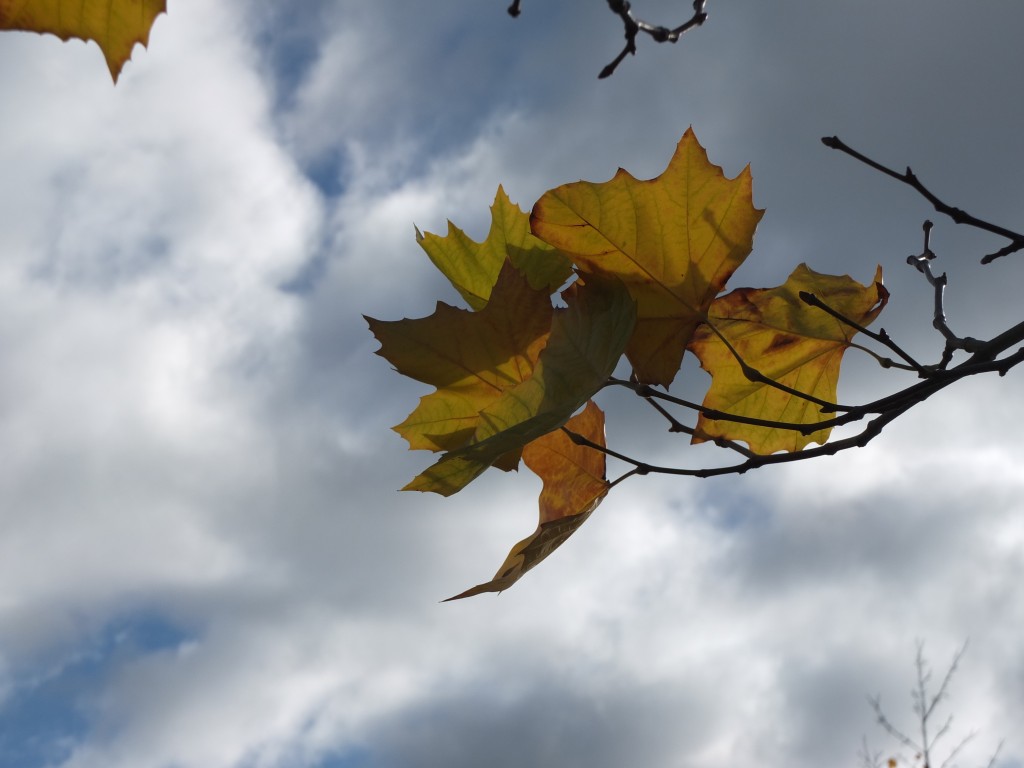

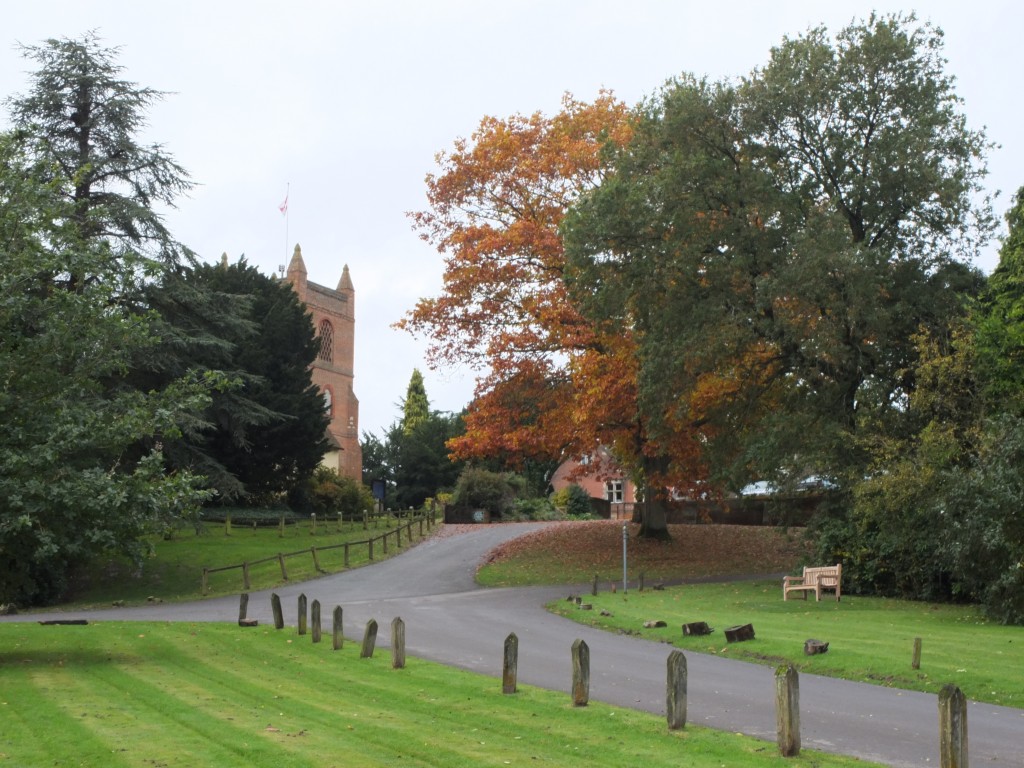
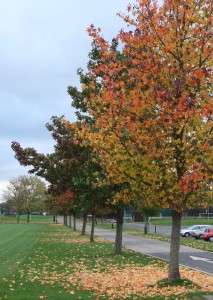
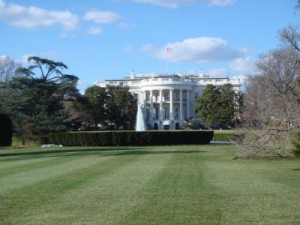
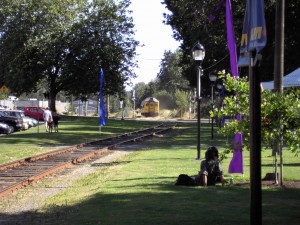
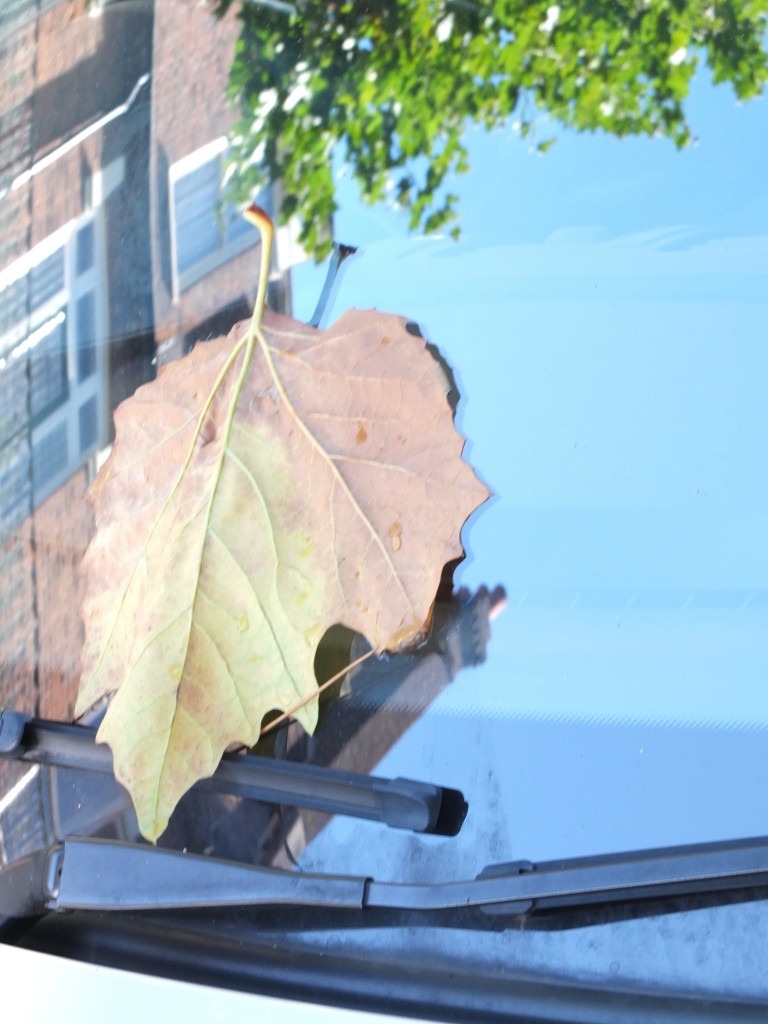
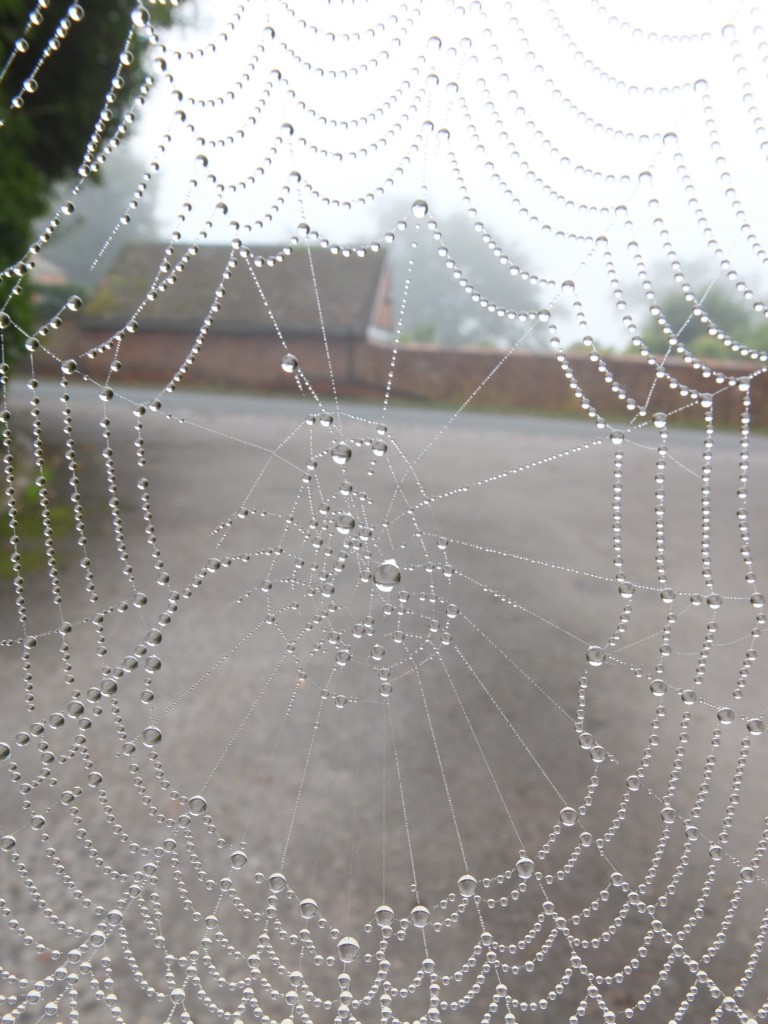
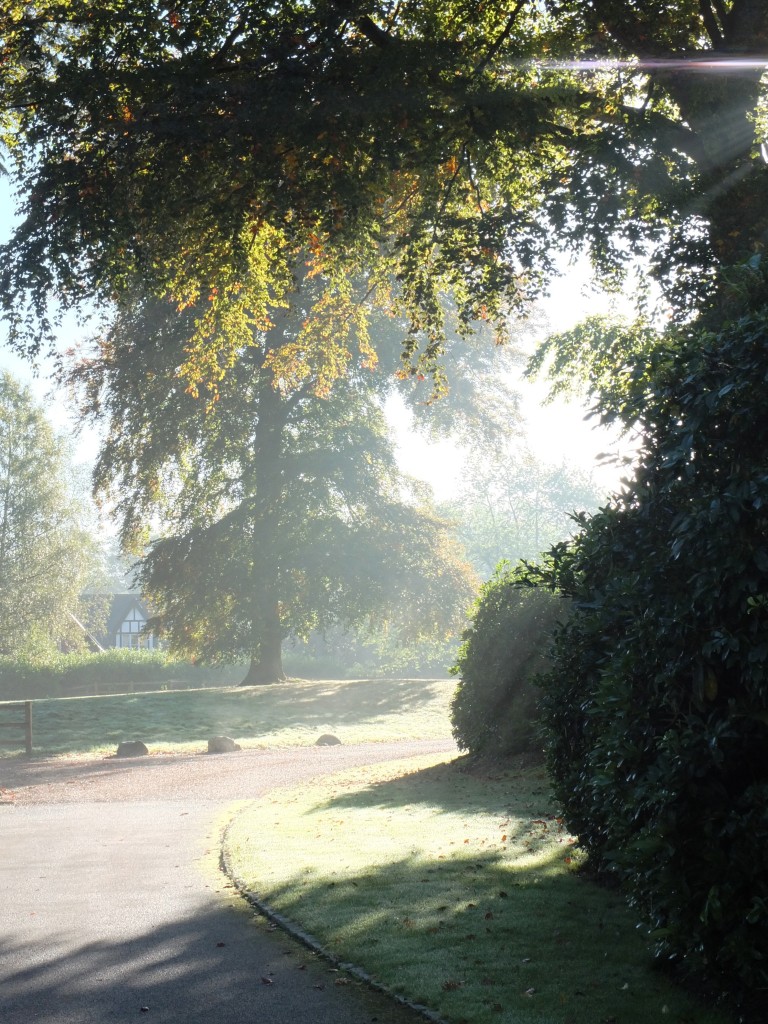
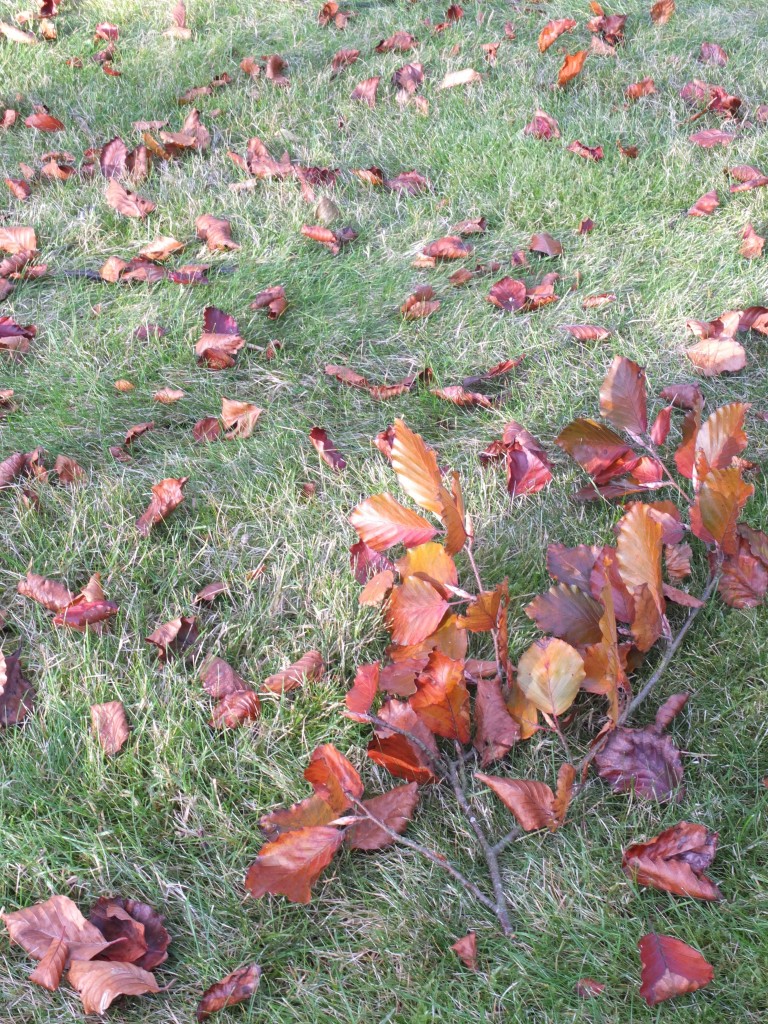
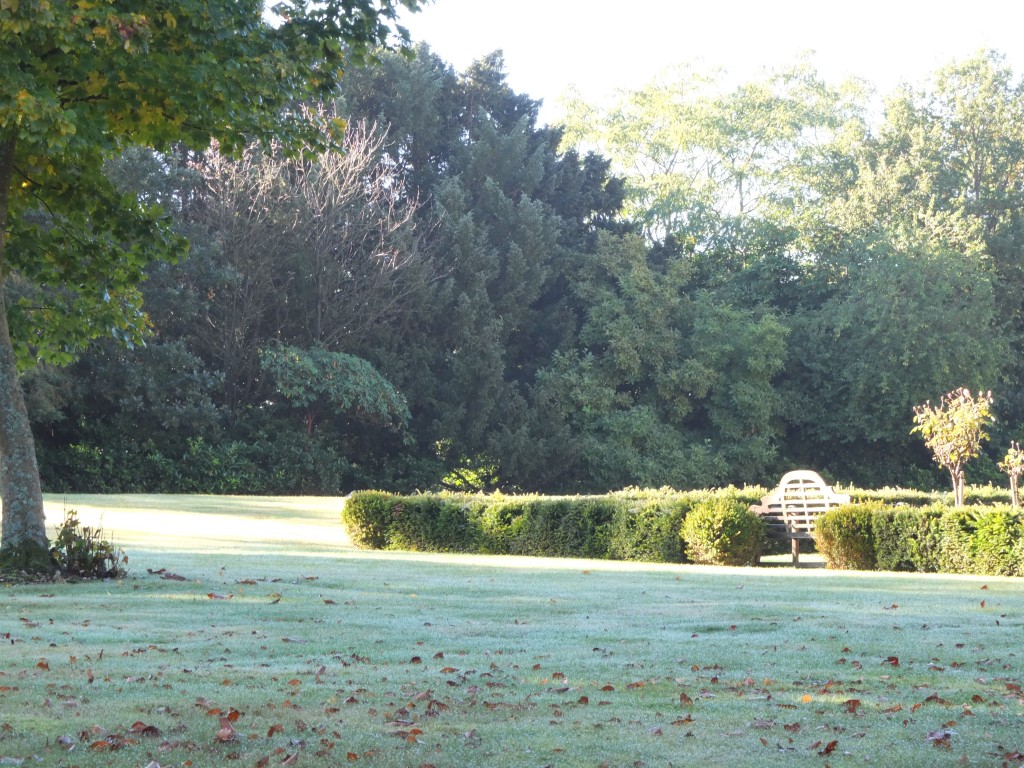


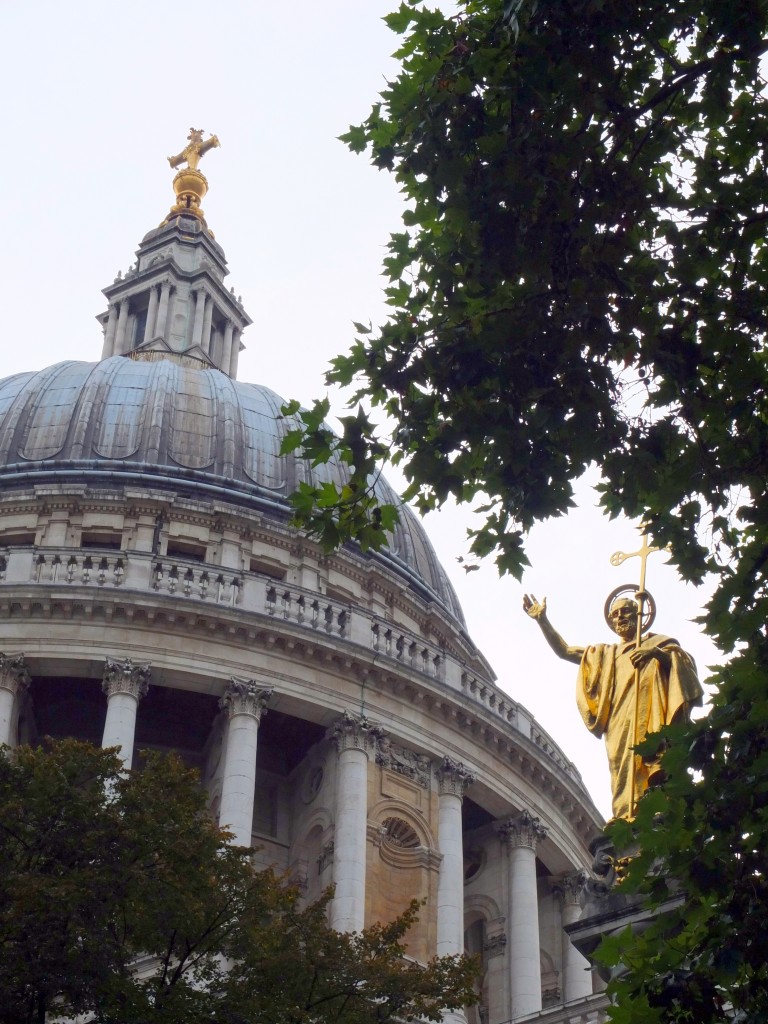
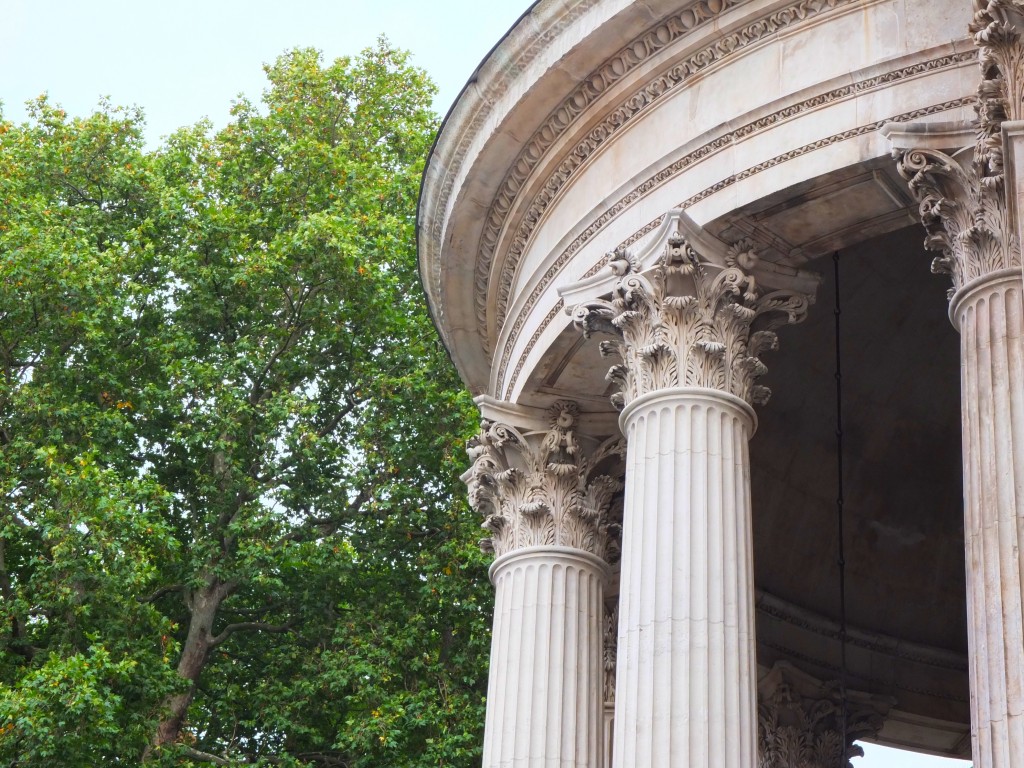
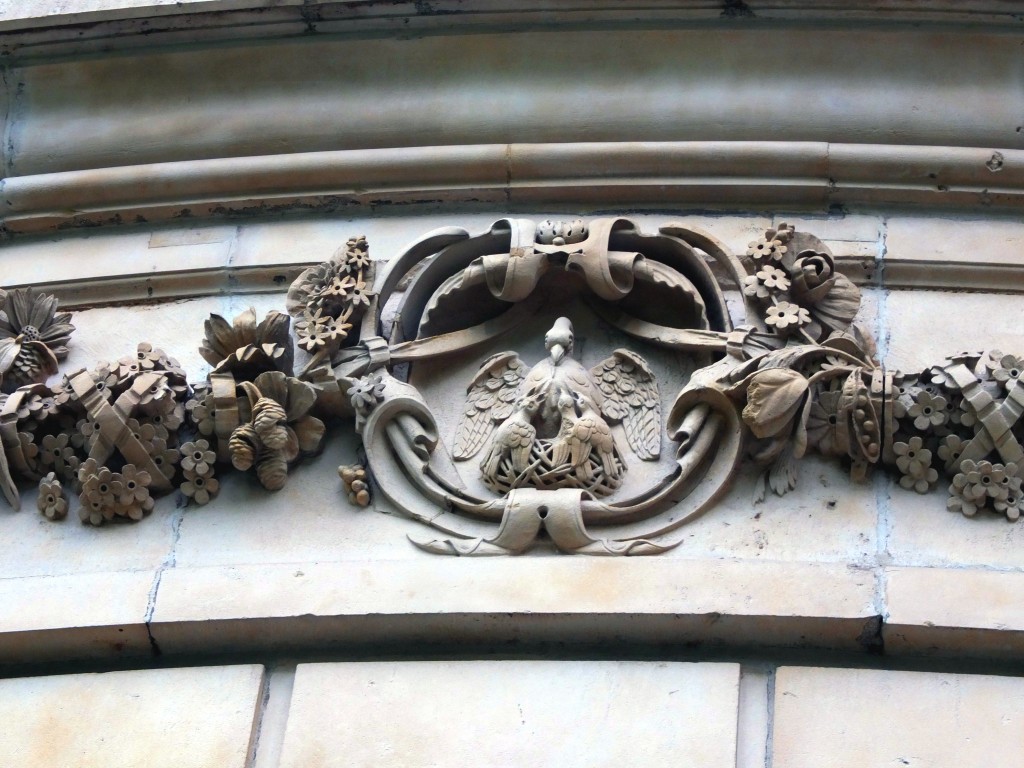
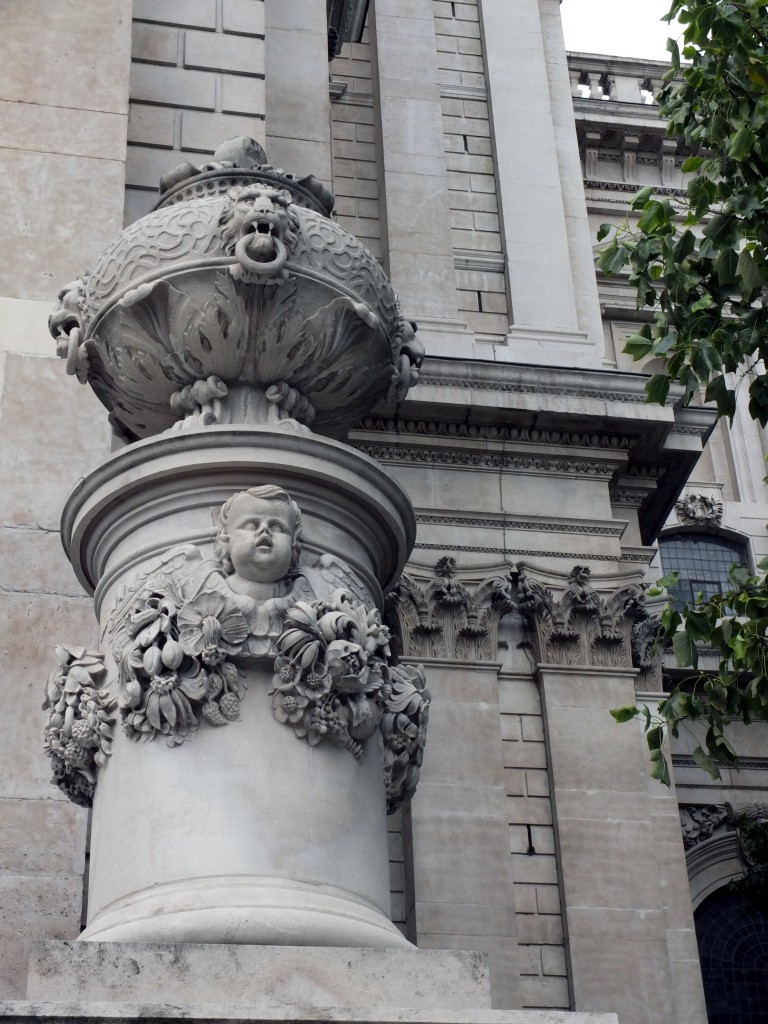
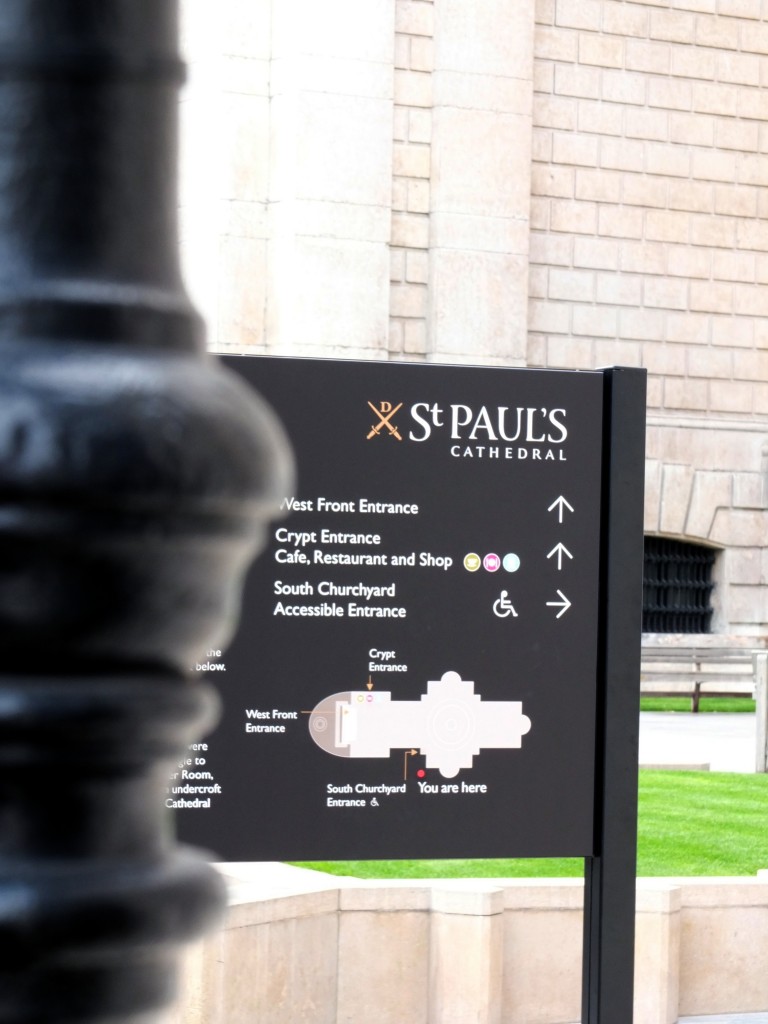
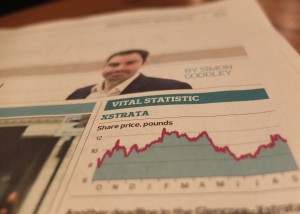


Recent Comments